The International Space Station has orbited Earth for 24 years. Its components have aged, causing technical malfunctions and safety concerns.
A 2020 leak continues to pose challenges for the station. NASA and partner agencies have committed to supporting the ISS until 2030.
NASA Plans Transition to Private Stations
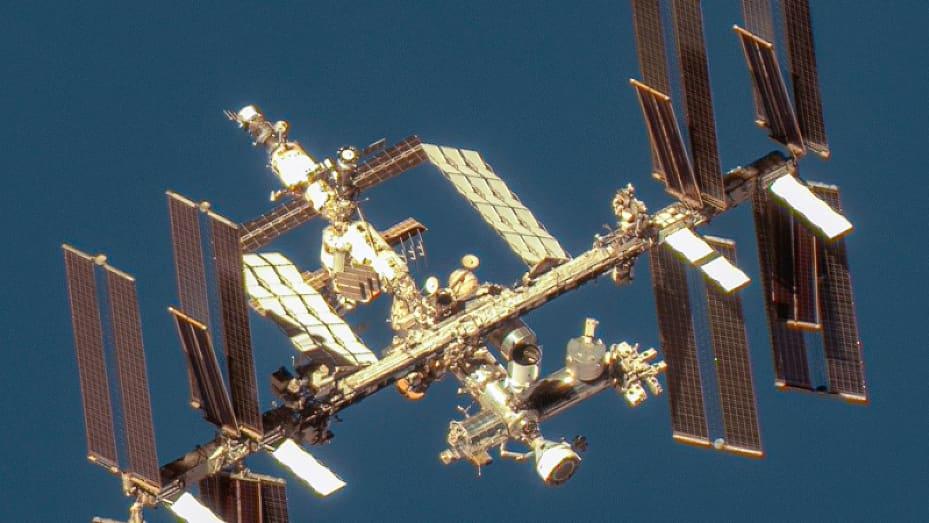
NASA is shifting focus towards supporting commercial space stations. Axiom Space plans to attach modules to the ISS before detaching them.
This transition aligns with NASA’s goal of fostering private sector involvement in space. The move aims to reduce costs and increase innovation in space exploration.
SpaceX Contracted for ISS Deorbit Mission
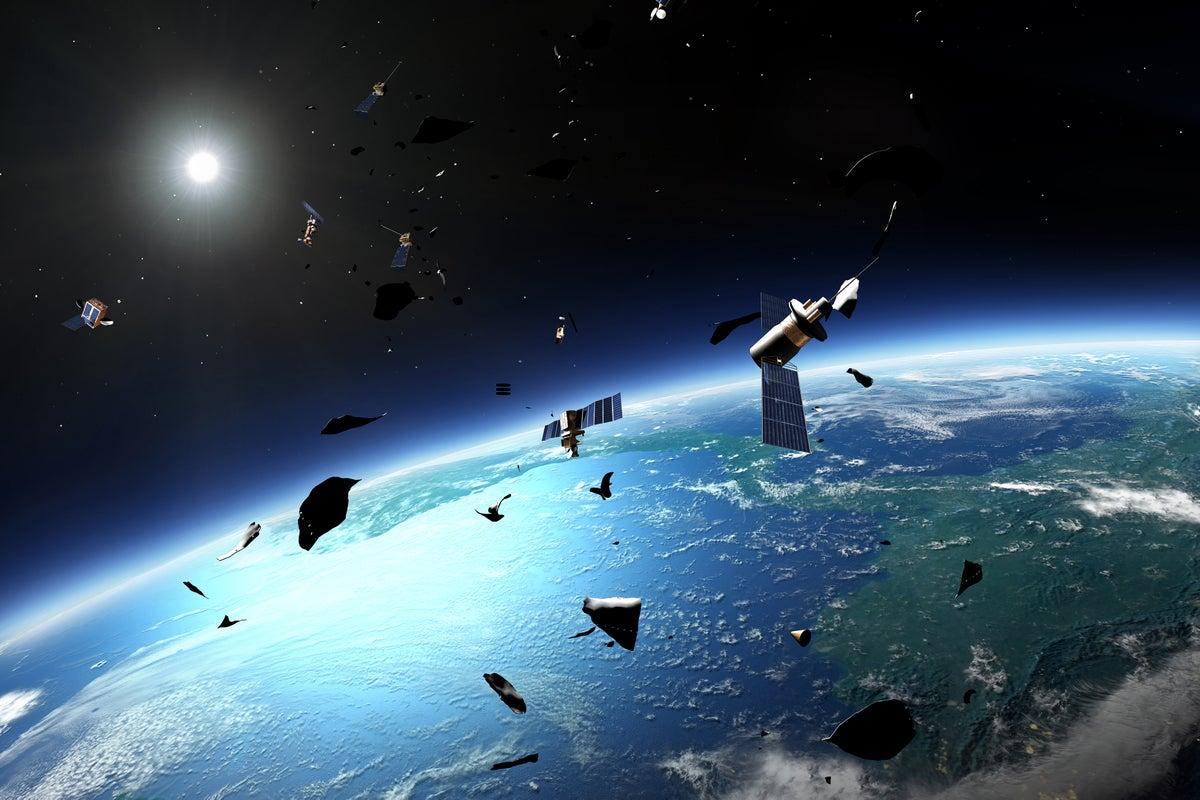
NASA has selected SpaceX to develop a vehicle for the ISS deorbit. The contract is valued at $843 million.
SpaceX will design a spacecraft to safely guide the ISS into Earth’s atmosphere. This mission is crucial for the responsible end-of-life management of the station.
International Collaboration for ISS Decommissioning
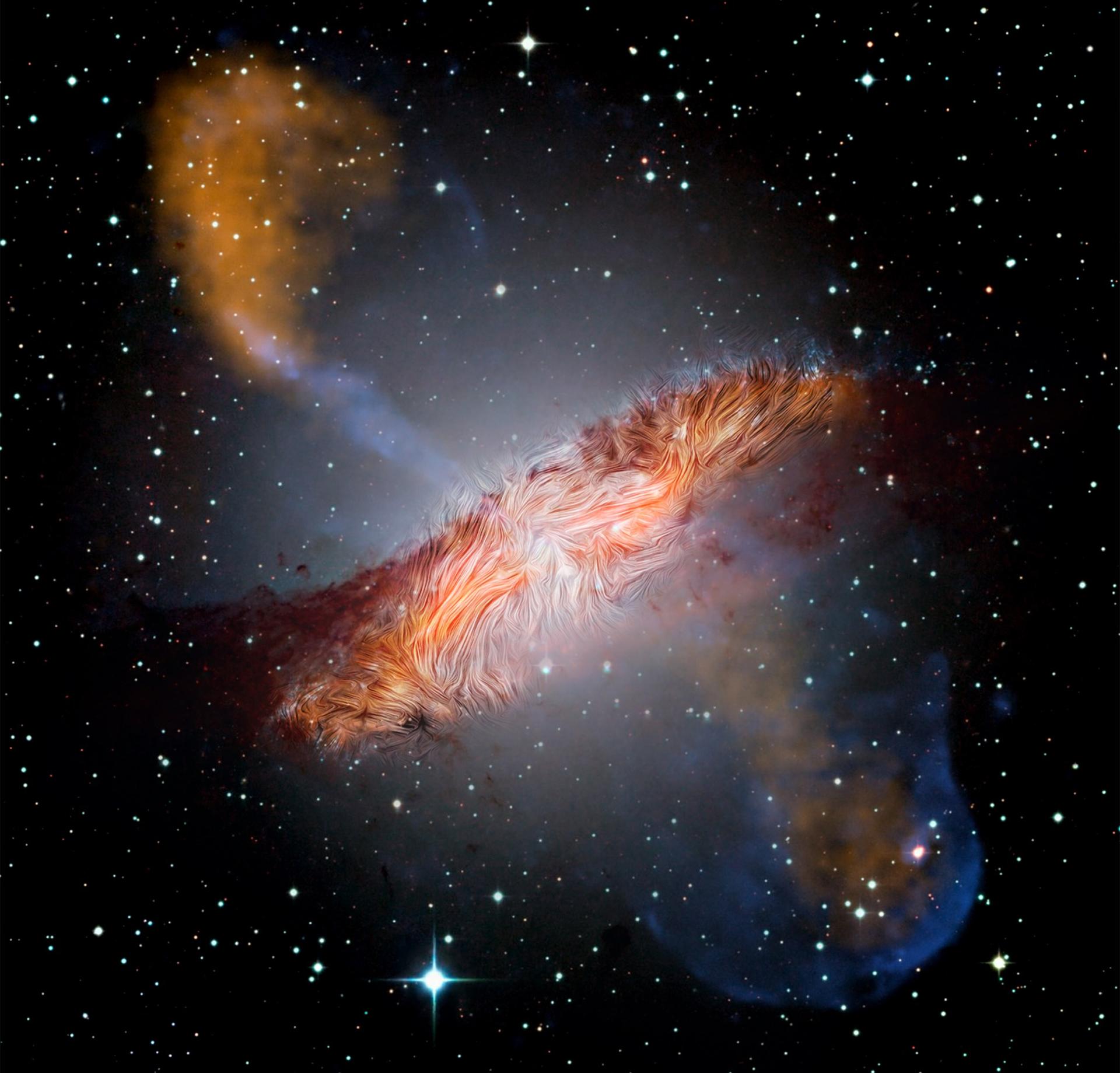
The ISS decommissioning is an international effort. Five space agencies from Canada, Europe, Japan, the US, and Russia are involved.
This cooperation mirrors the collaborative nature of the ISS’s operation. The agencies aim to ensure a safe and coordinated end to the station’s mission.
Previous Space Stations’ Controlled Destructions
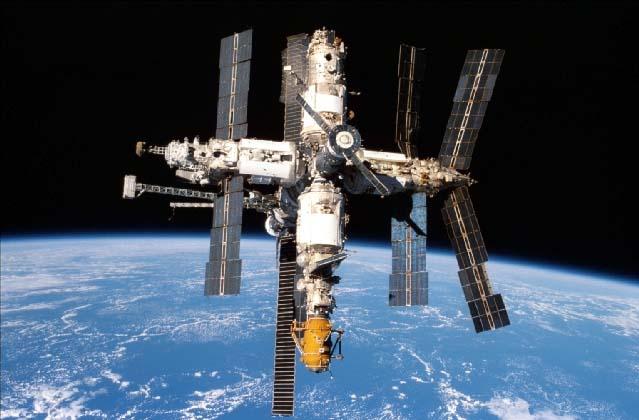
Russia’s Mir space station was intentionally destroyed in 2001. Mir’s controlled deorbit served as a precedent for large space structure disposal.
In 2021, the Russian Pirs module was detached from the ISS and deorbited. These events provide valuable experience for the ISS decommissioning process.
ISS Deorbit: A Complex Engineering Challenge

The ISS weighs 450,000 kg and is as long as a football field. Its size makes the deorbit process particularly challenging.
NASA must carefully plan the reentry to avoid endangering people on Earth. The deorbit vehicle will guide the ISS to break up safely in the atmosphere.
Technical Malfunctions Accelerate ISS Retirement Plans

Increasing reports of technical issues have raised concerns about the ISS’s condition. Russian officials cited these malfunctions as a reason for potentially leaving the station.
The aging infrastructure poses risks to crew safety and mission effectiveness. These factors contribute to the decision to decommission the ISS.
ISS Legacy: Two Decades of Scientific Achievements

The ISS has been a hub for groundbreaking scientific research. It has hosted over 3,000 experiments from researchers worldwide.
The station has contributed significantly to our understanding of long-duration spaceflight. Its legacy will inform future space exploration and Earth-based applications.
Economic Implications of ISS Decommissioning
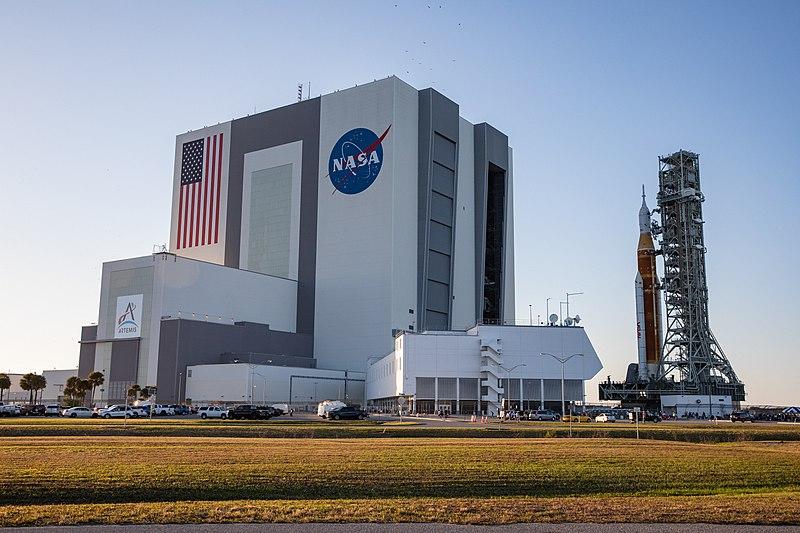
The ISS decommissioning marks a shift in space economics. NASA’s support for commercial stations aims to reduce government costs.
Private sector involvement is expected to drive innovation in space technology. This transition could open new markets and business opportunities in low Earth orbit.
Environmental Considerations in ISS Disposal
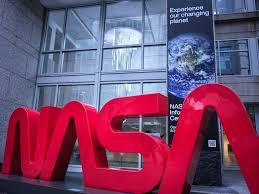
Controlled deorbit minimizes space debris and environmental impact. NASA carefully plans the reentry to avoid populated areas.
The breakup will occur high in the atmosphere, reducing ground risks. This approach aligns with international guidelines for responsible space operations.

